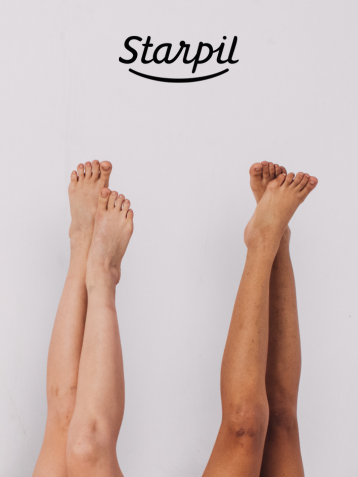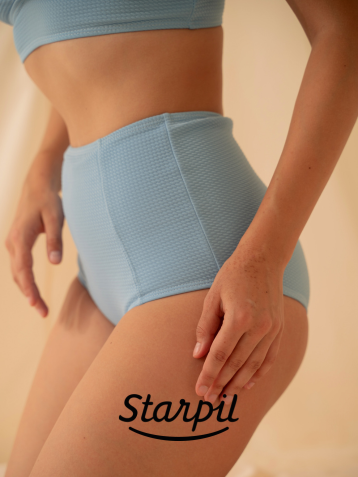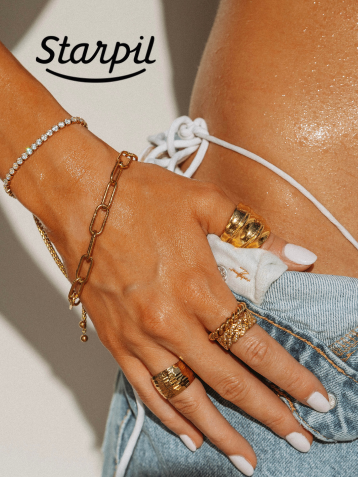The History of Waxing: When Was It Invented?

Have you ever wondered about the origins of waxing? As you prepare for your first waxing session or explore different hair removal methods, it's fascinating to consider the long and rich history behind this popular hair removal practice.
If you’re curious about the thousands of years that have resulted in today’s modern waxing techniques, you’ve come to the right place! Let's take a journey through time to discover when waxing was invented and how it has evolved over the centuries.
READ: When Does Armpit Hair Grow? Hair Growth for Underarm Waxing

Ancient Beginnings: The Birth of Hair Removal
People have had the desire to remove body hair for thousands of years. While it's difficult to pinpoint the exact moment waxing was "invented," we know that ancient civilizations practiced various forms of hair removal as early as 4000-3000 BCE.
Egyptian Influence
The ancient Egyptians pioneered many beauty practices, including hair removal. Both men and women in Egyptian society viewed smooth, hairless skin as a sign of cleanliness, youth, and social status.
They used a variety of methods to achieve this look:
-
Sugar-based waxes: A precursor to modern sugaring, Egyptians mixed sugar, water, and lemon juice to create a sticky paste for hair removal.
-
Beeswax: Natural beeswax was heated and applied to the skin to remove unwanted hair.
-
Tweezers and pumice stones: For smaller areas or stubborn hairs, ancient Egyptians used early forms of tweezers and abrasive stones.
Greek and Roman Practices
The ancient Greeks and Romans also embraced hair removal as part of their grooming routines. They further developed waxing techniques and tools:
-
Dropax: A sticky emulsion made from pitch and resin, similar to modern wax.
-
Philotrum: A mustache-removing formula, possibly an early depilatory cream.
-
Pumice stones and razors: Used in combination with oils for smoother results.
READ: Waxing 101: Which Direction Should You Pull the Wax?
Middle Ages to Renaissance: A Shift in Beauty Standards
During the Middle Ages, hair removal practices became less common in Europe due to changing beauty standards and religious influences. However, the tradition continued in other parts of the world, particularly in Middle Eastern and Asian cultures.
The Renaissance period saw a renewed interest in personal grooming and hair removal in Europe. New techniques emerged, including:
-
Bandages soaked in acidic solutions
-
Arsenic and quicklime mixtures (highly dangerous and not recommended!)
-
Refined sugar-based formulas, similar to modern sugaring
READ: Guide to Bikini Waxing: Where to Wax the Bikini Line
Modern Era: The Evolution of Waxing
The 20th century brought significant advancements and innovations in waxing technology and techniques, making the practice more accessible and safer for everyone.
Early 1900s: The Rise of Commercial Waxing Products
In the 1910s and 1920s, commercial hair removal products began to appear on the market. These included early versions of depilatory creams and waxing kits for home use. However, these products were often harsh and could cause skin irritation.
Mid-1900s: Salon Waxing and Improved Formulas
The 1960s and 1970s saw a boom in professional salon waxing services. Improved wax formulas were developed, including:
-
Hot wax: Applied warm and removed without strips, ideal for smaller, sensitive areas.
-
Strip wax: Applied thinly and removed with cloth or paper strips, perfect for larger body areas.
These advancements made waxing more comfortable and effective, contributing to its growing popularity.
READ: Sugaring vs. Waxing: The Complete Guide
Waxing Today: A Global Industry
Today, waxing is a widely accepted and practiced form of hair removal around the world. Modern waxing offers several benefits for beginners:
-
Long-lasting results: Waxing removes hair from the root, resulting in smoother skin for weeks.
-
Reduced hair regrowth: Over time, regular waxing can lead to finer, sparser hair growth.
-
Exfoliation: The process naturally exfoliates the skin, leaving it soft and smooth.
-
Versatility: Waxing can be used on various body parts, from eyebrows to legs and everything in between.
If you’re new to waxing, it's essential to choose the right type of wax for your needs and consider seeking professional help for your first few sessions. With proper technique and aftercare, waxing can become an integral part of your beauty routine, just as it has been for countless individuals throughout history.
READ: Waxing vs. Shaving: What is the Best Method for Hair Removal?
Final Thoughts
Whether you're preparing for your first wax or simply curious about its origins, understanding the rich history of waxing can deepen your appreciation for this time-honored beauty practice. From ancient Egyptian sugar pastes to modern salon treatments, waxing has truly stood the test of time as an effective and popular method of hair removal.







Comments